Sn plating is normally done to impart solderability to a variety of base metal substrates. It is a silvery, blue-white metal that is ductile, solderable, and covers very well. The solderability of tin can be affected by the substrate, since several metals (including brass and zinc) tend to react with and migrate into the tin forming relatively non-solderable intermetallic layers. Zinc will migrate into the tin and severely limit the shelf life of the finished parts. This migration can be mitigated by the common practice of applying an undercoat of copper or nickel, or a combination of copper with a flash of nickel through which the zinc cannot migrate.
Tin has a typical thickness of .0011”. In general, matte tin has better solderability but bright tin is specified more because of its appearance. Tin does not tarnish easily, making it a good choice as a decorative finish.
Classic cases:
This product uses the following processing methods
1.NO BURRS PERMITTED
2.PIATING:
UNDERLAYER:3-5 μm Ni OVER 8-12 μm Cu
TOPLAYER: 5-10 μm Sn
SURFACE AREA:650 Imm2
3.MATERIAL:ZAMAK 3 (ASTM B86)
VOLUME 4032mm3, WEIGHT 27g.
4.EJECTOR PIN MARKS RECESSED, 0.10MAX
5.DIMENSIONS WITHIN OVAL ARE INSPECTION DIMENSIONS.
6.SIGNIFICANT CHARACTERISTIC FOR PROCESS CAPAABILITY AND PROCESS CONTROL.
For customers' requirements, first of all, we have carried out technical analysis and technological improvement. The product is also in the efforts of colleagues in various departments, the customer is very satisfied, with our long-term cooperation, began mass production!
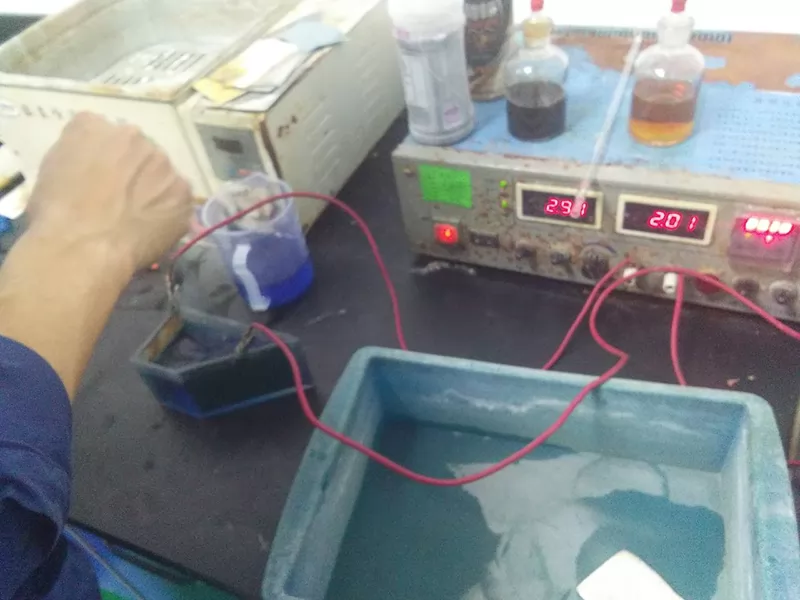 |
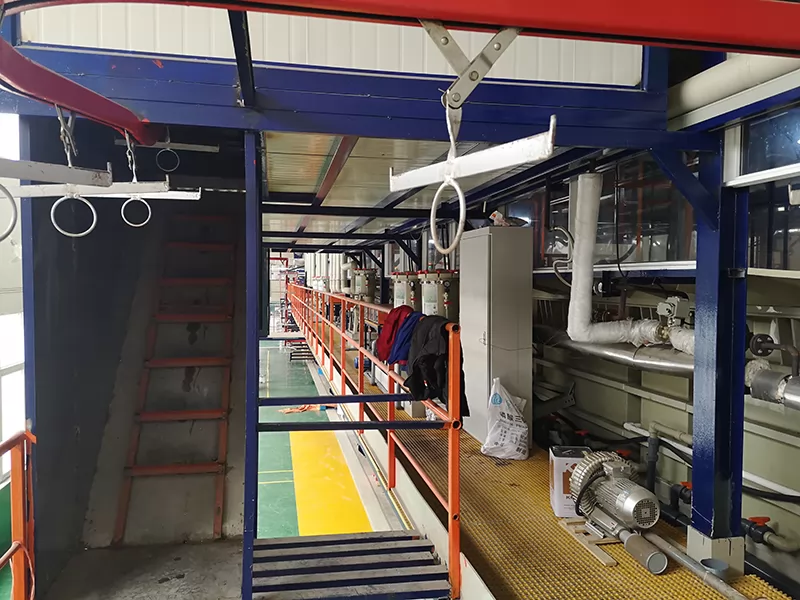 |
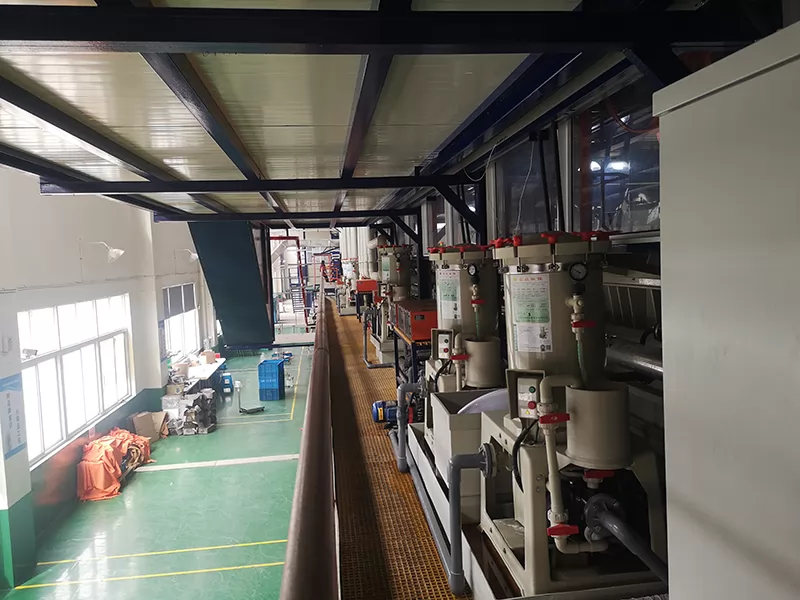 |
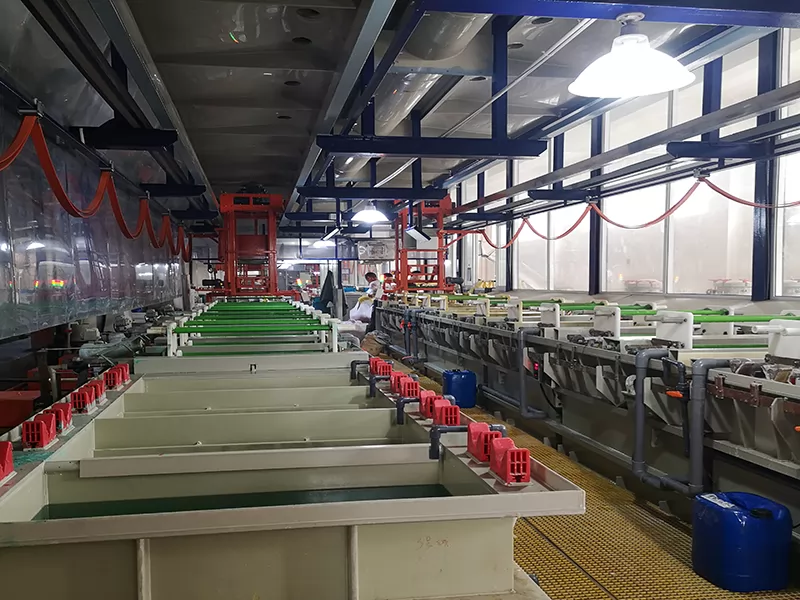 |
|
Chemcal analysis |
Hanging plating |
Hanging plating |
rolling plating |
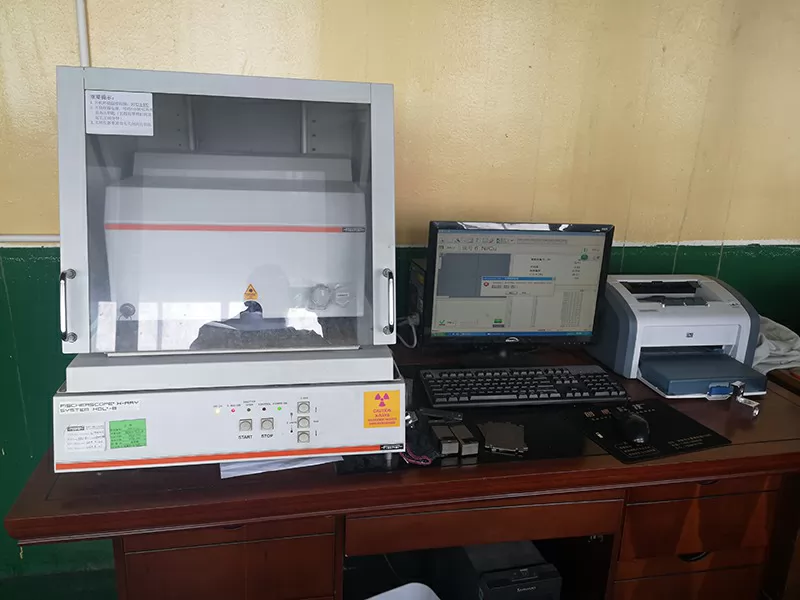 |
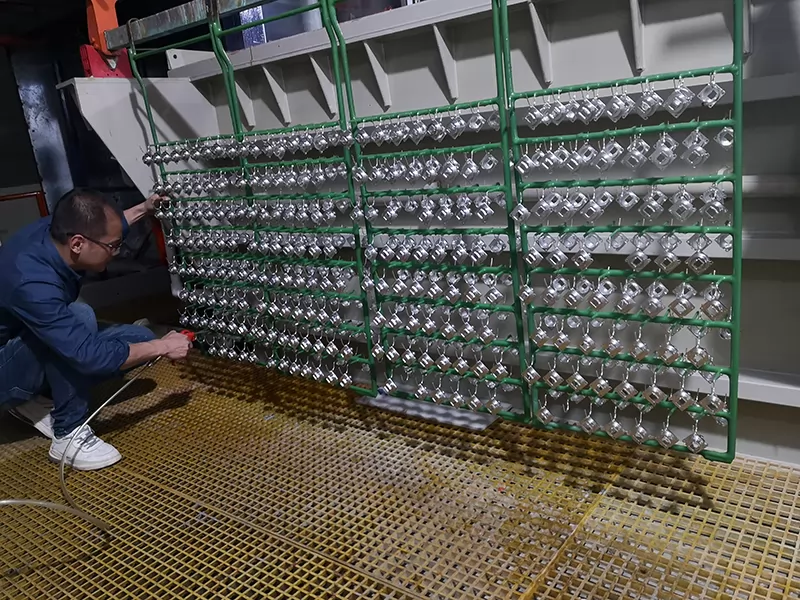 |
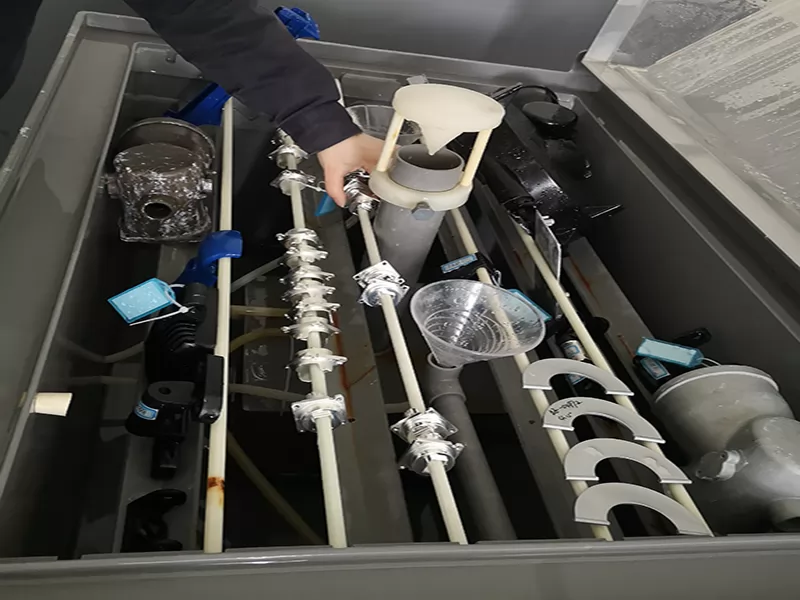 |
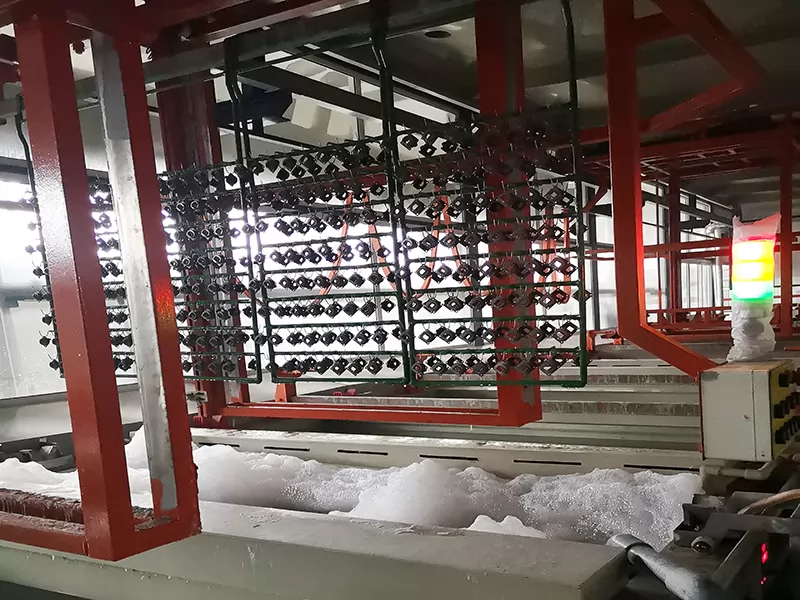 |
|
Film thickness detection at each step |
drying |
Salt spray test |
batch |







.png)


.png) +86-574-83036520
+86-574-83036520 +86-574-83008051
+86-574-83008051 sales@innovaw.com
sales@innovaw.com

.png)

.png)
.png)
.png)

.png)
.png)
.png)









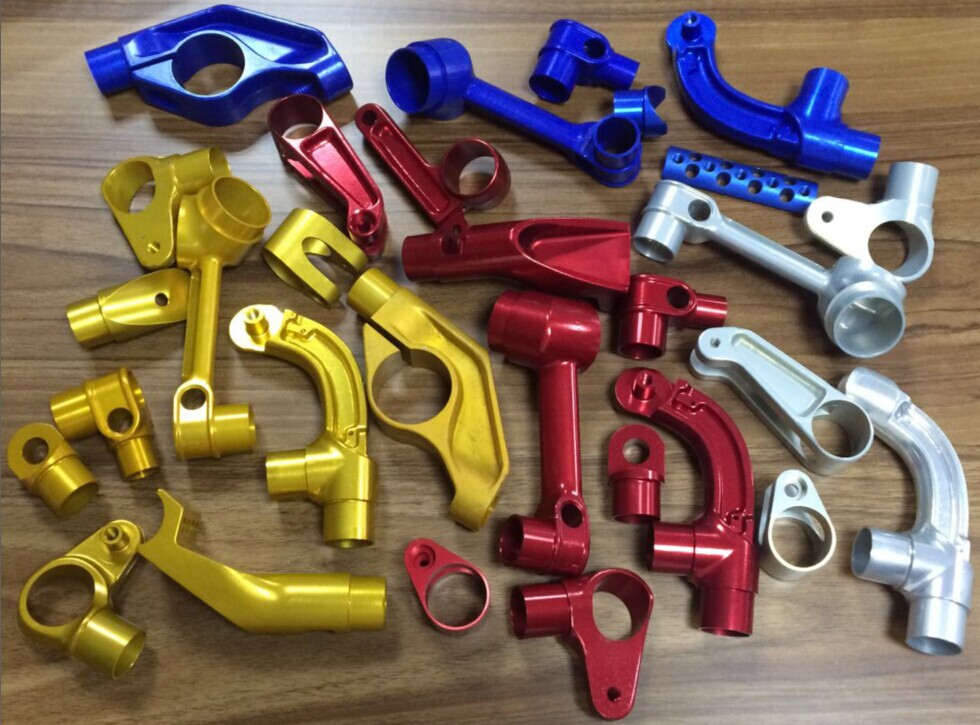
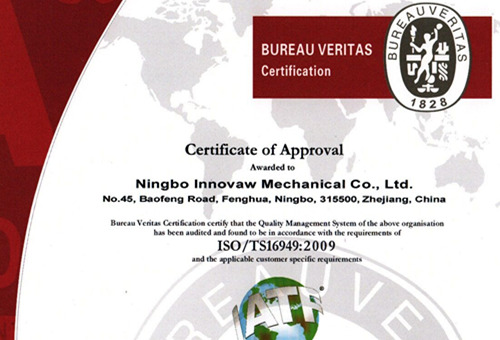






.png)

